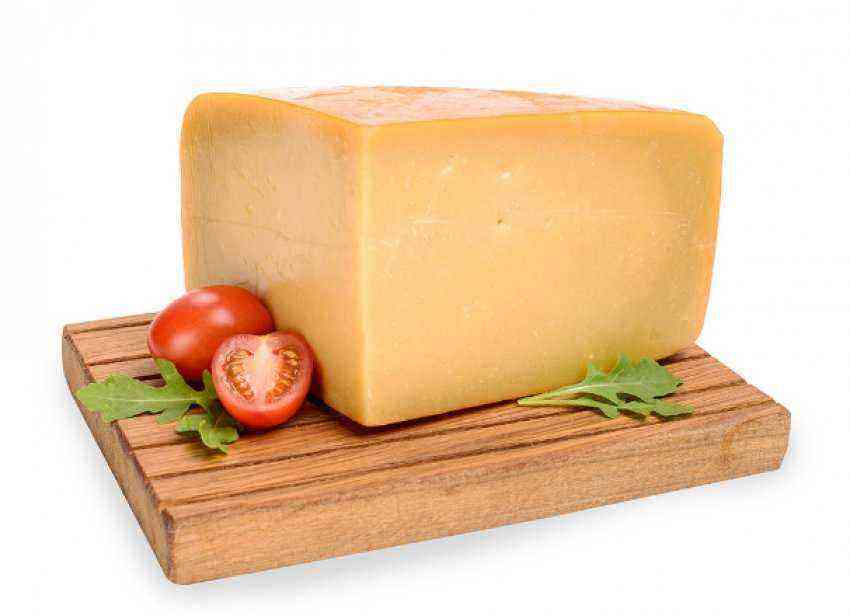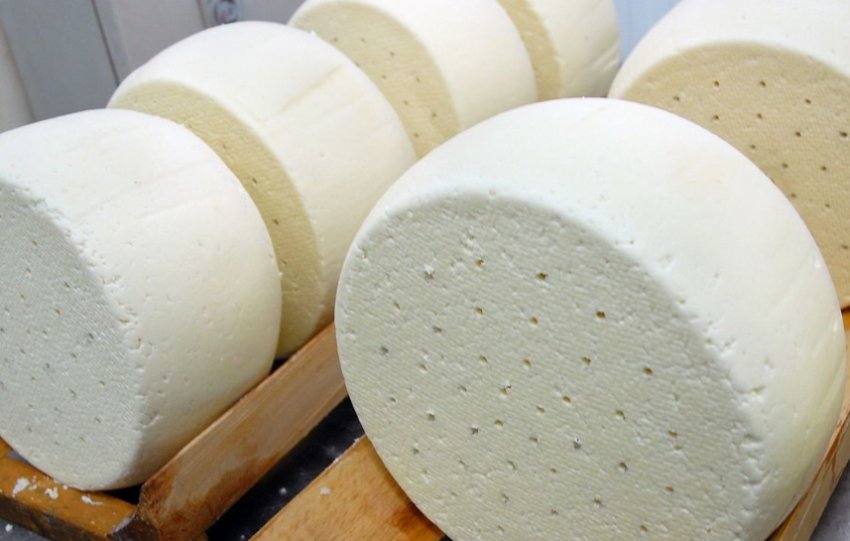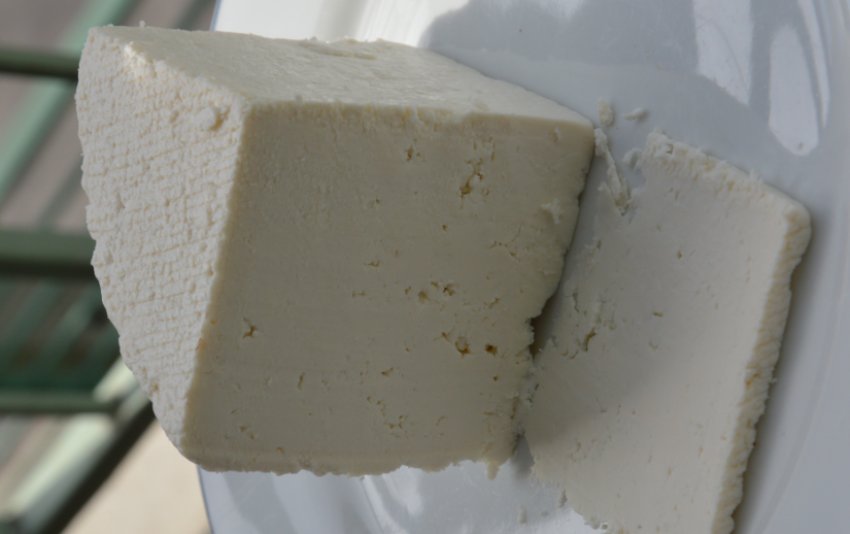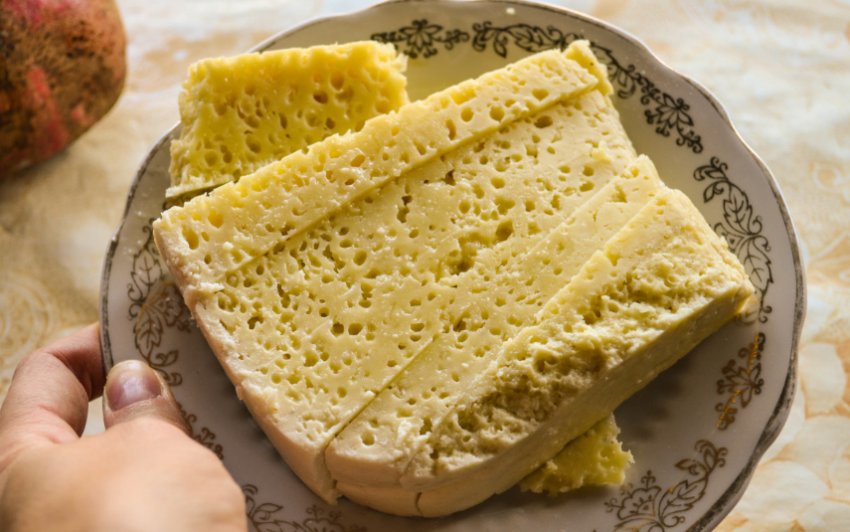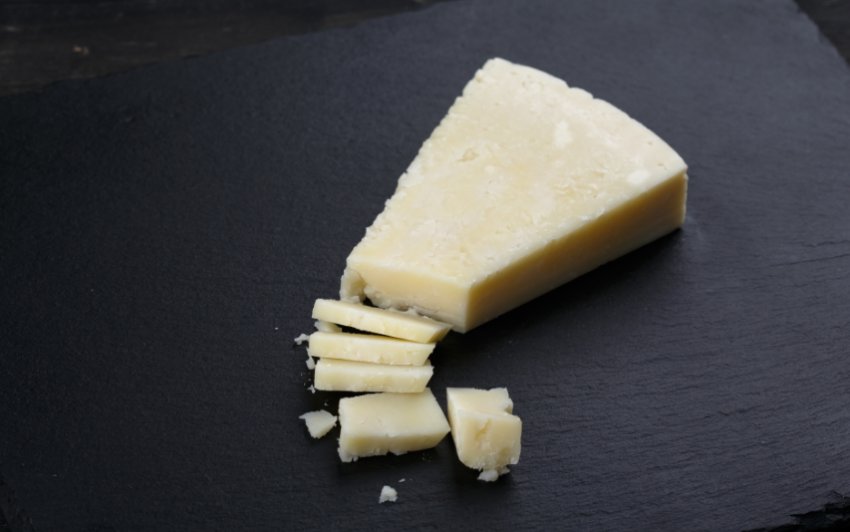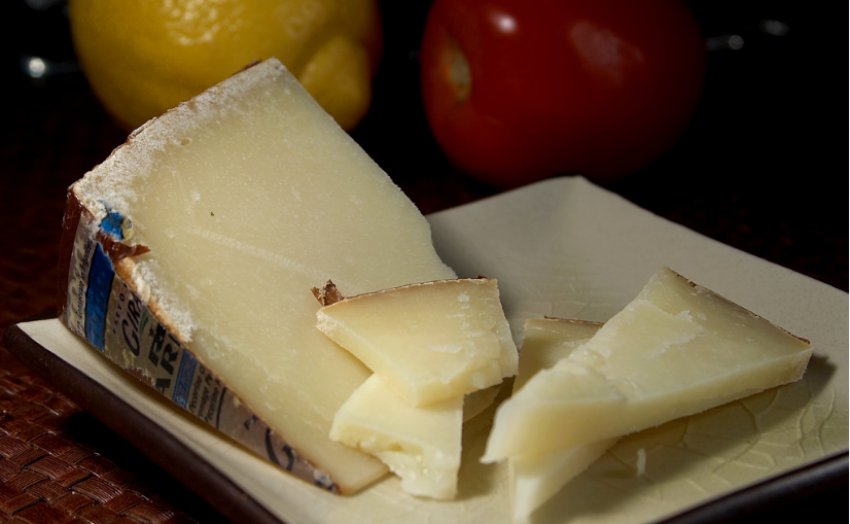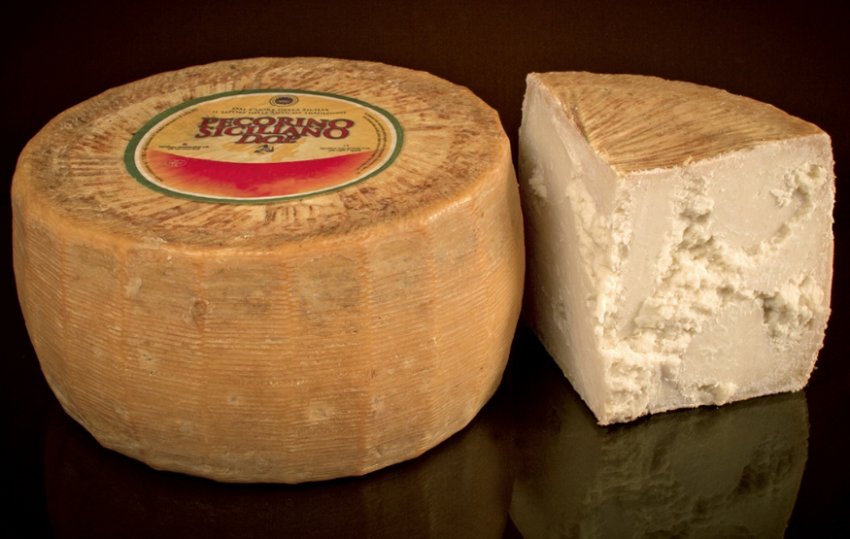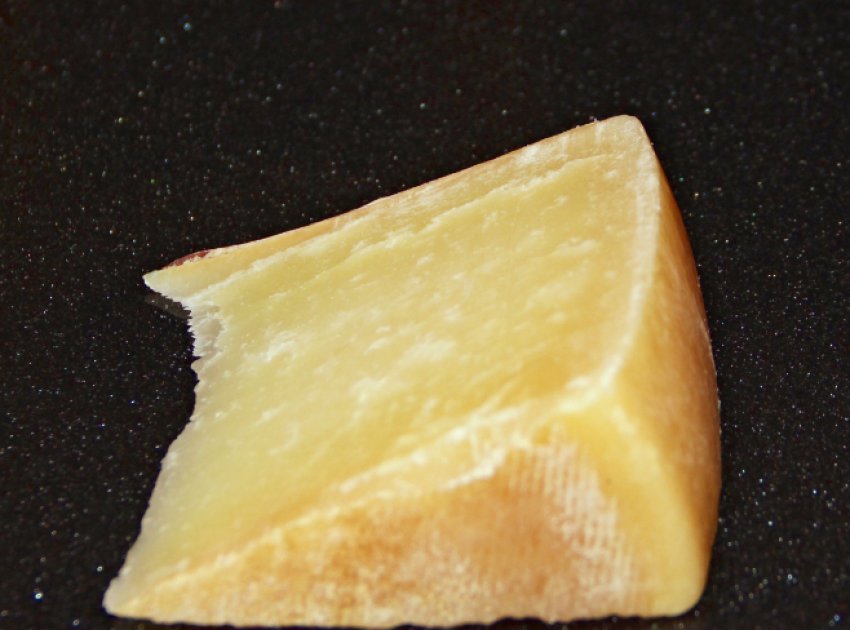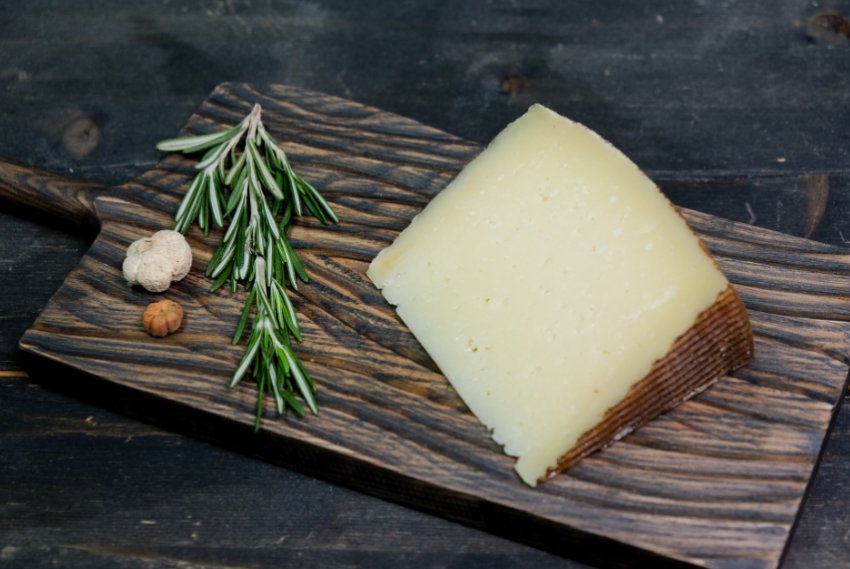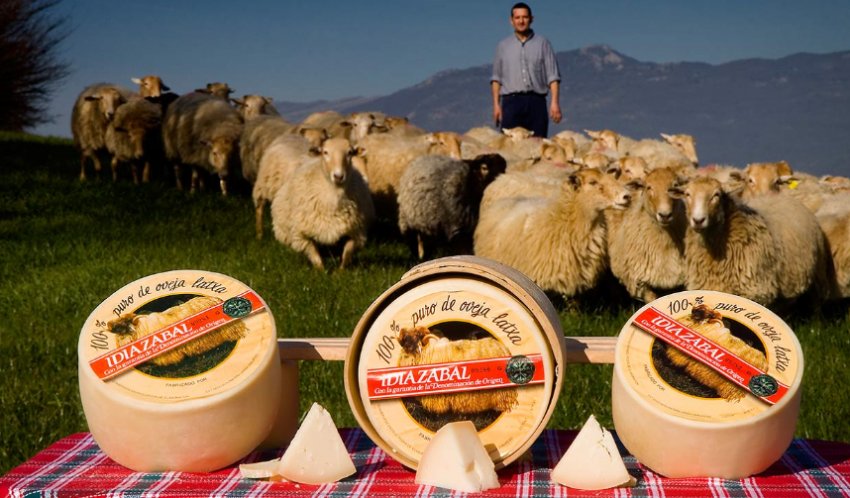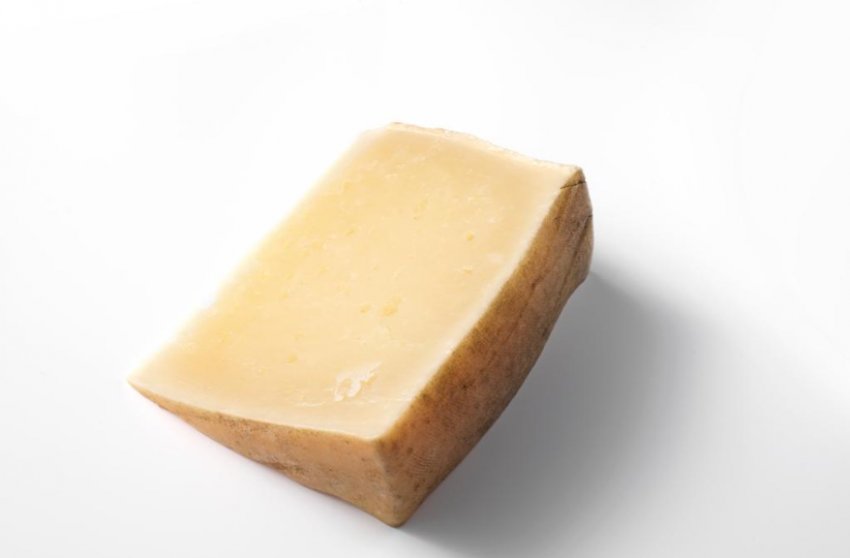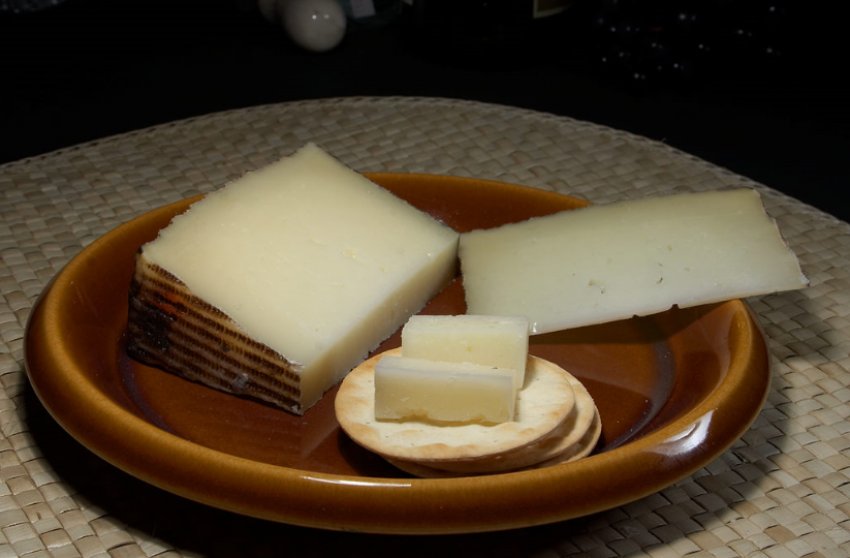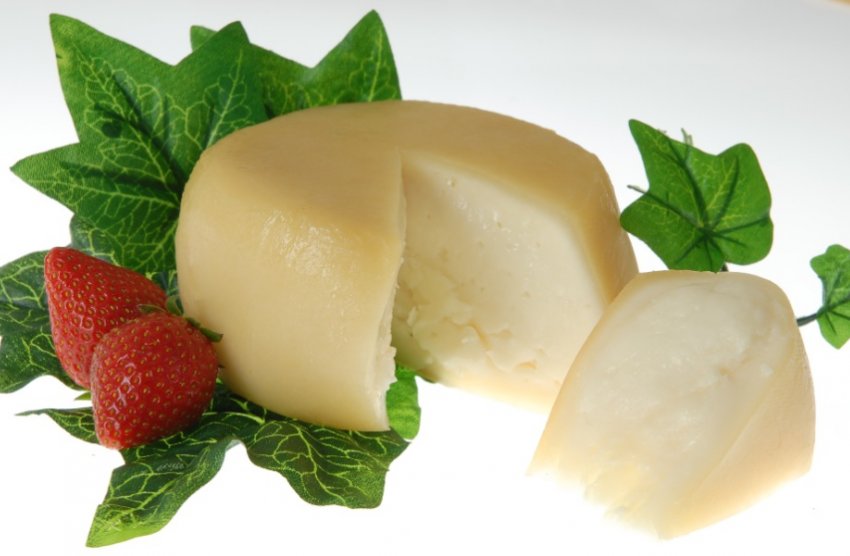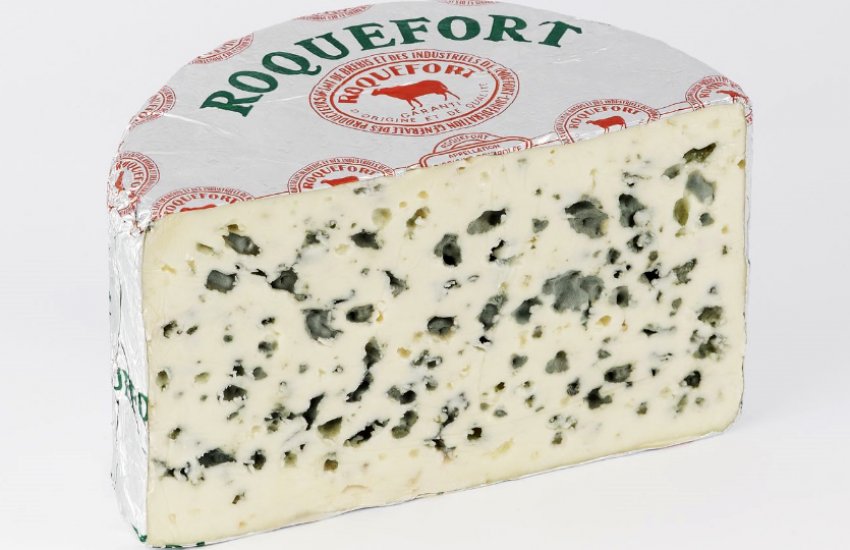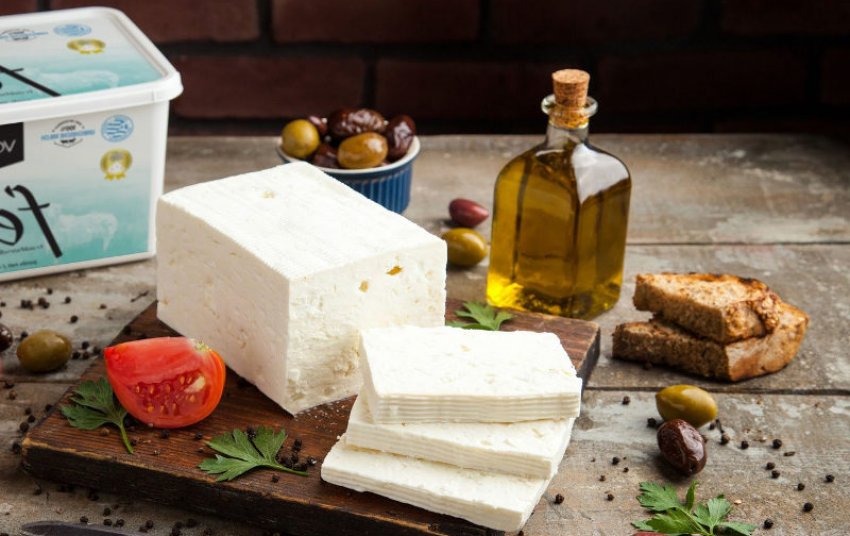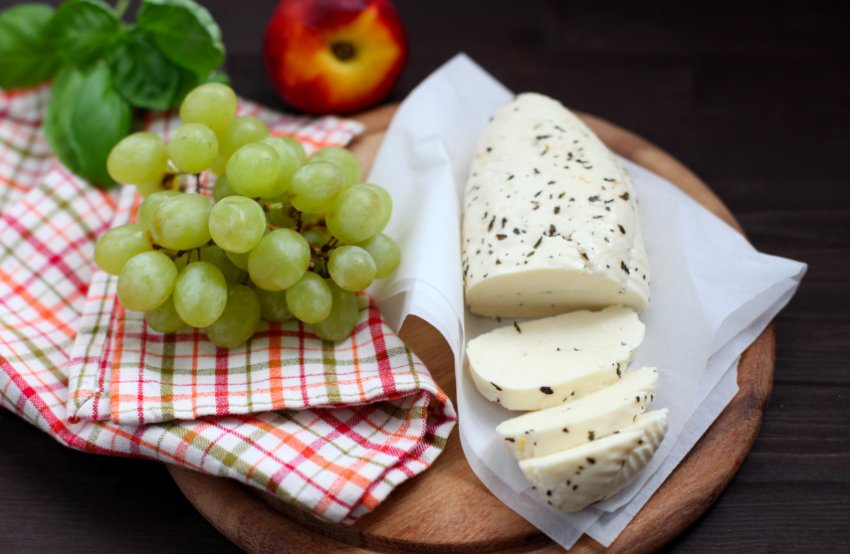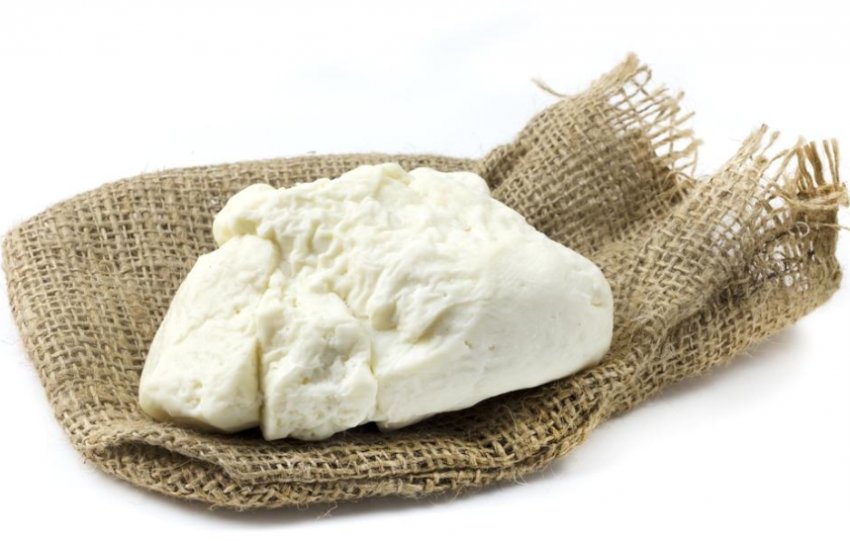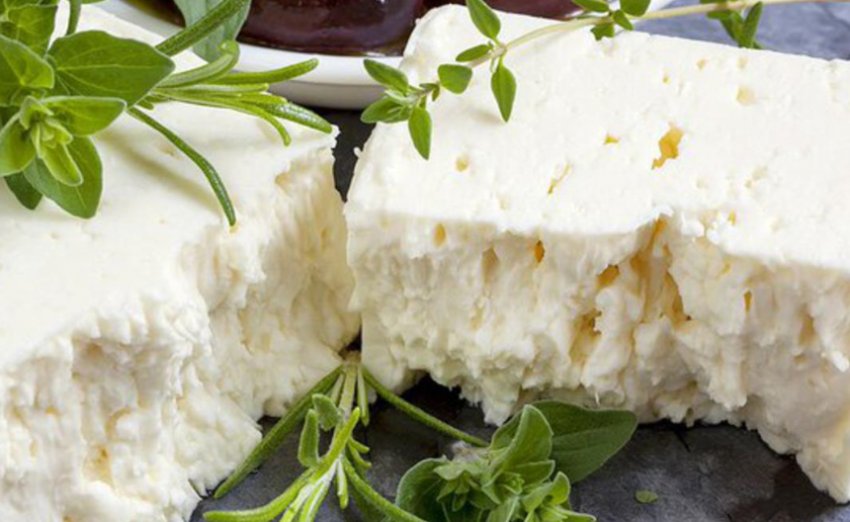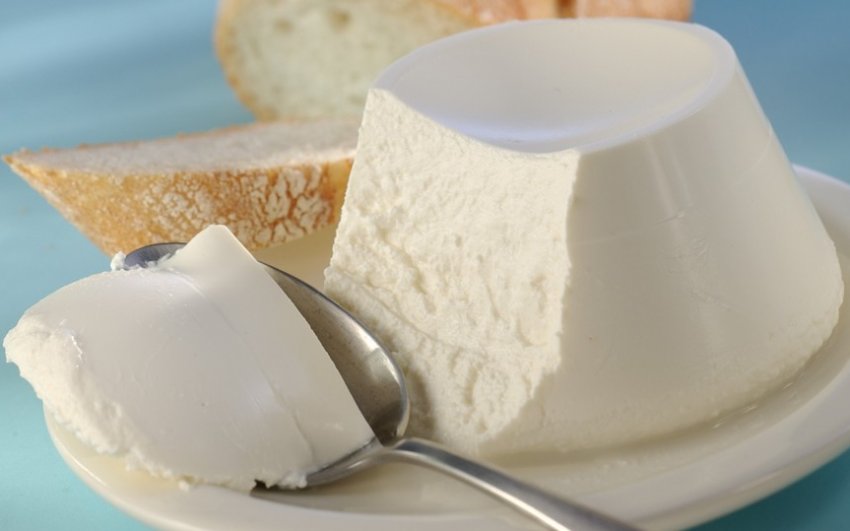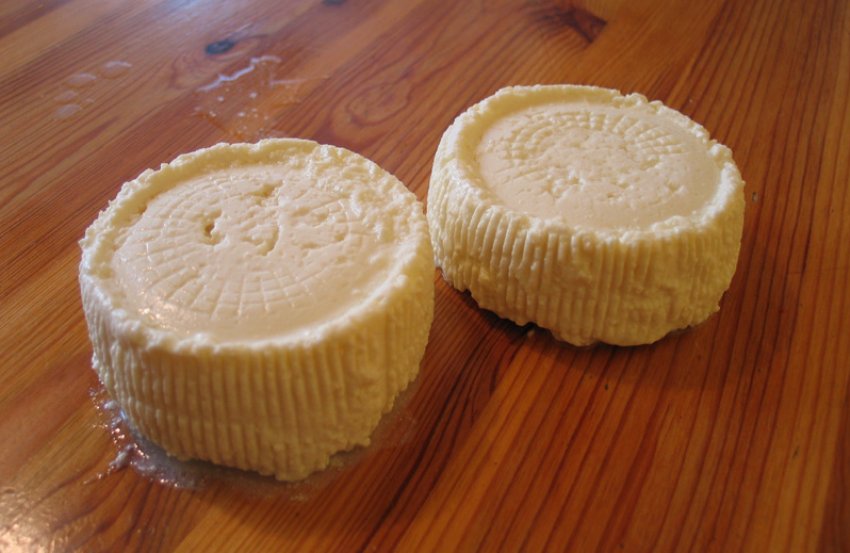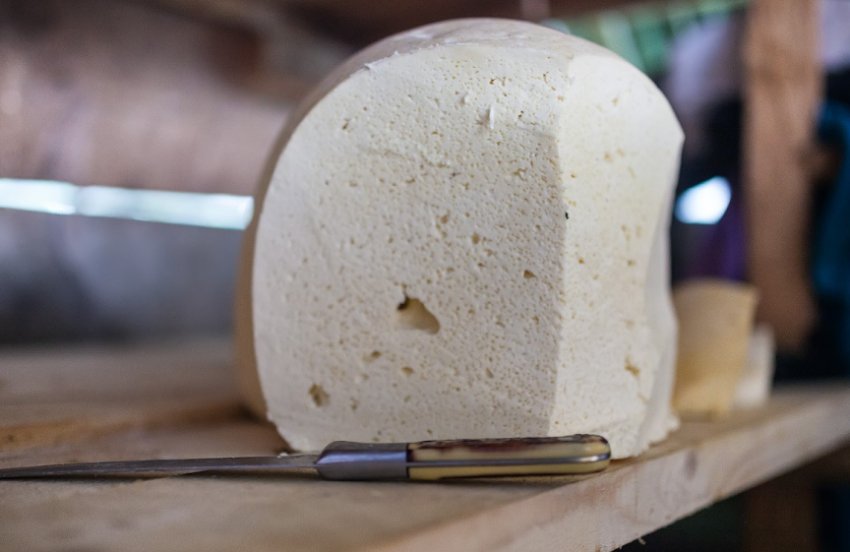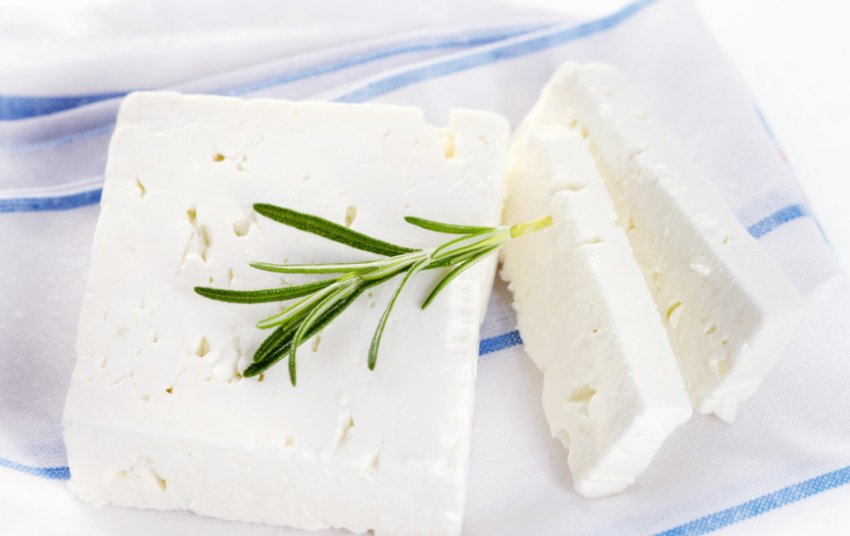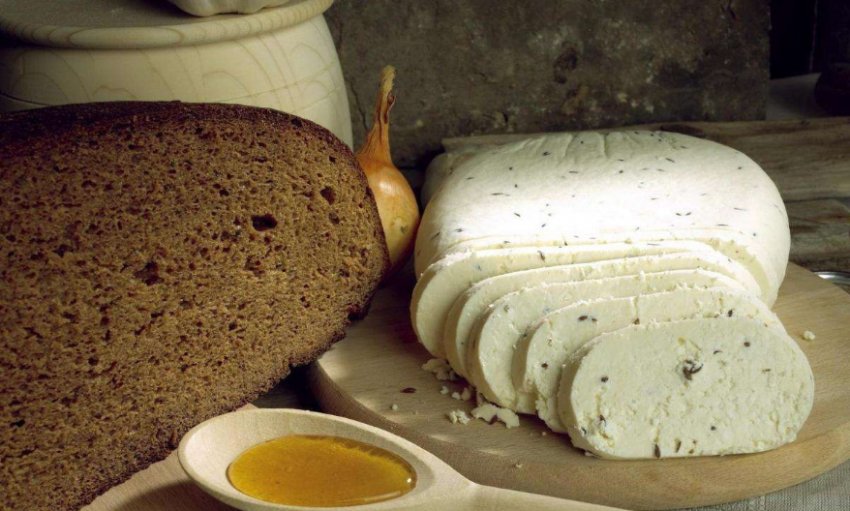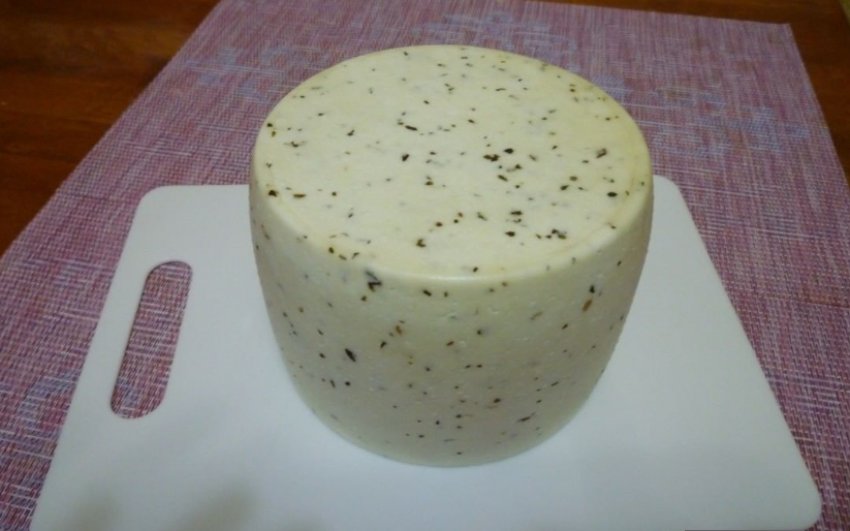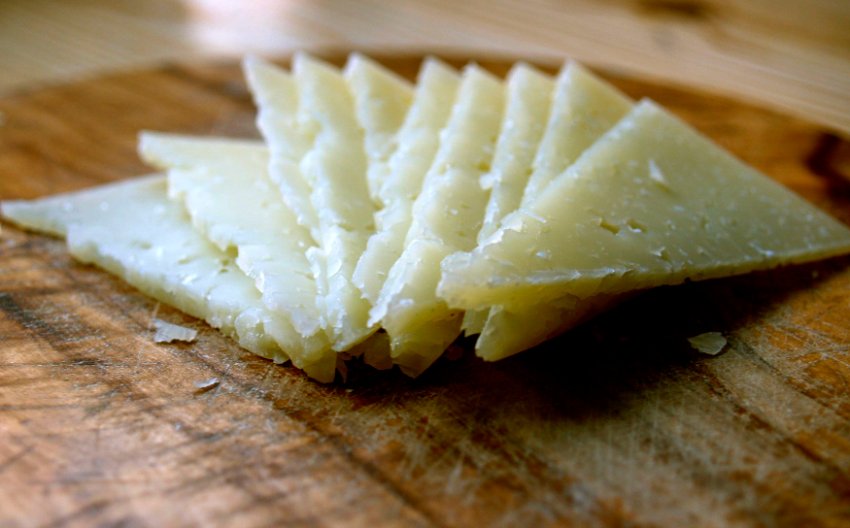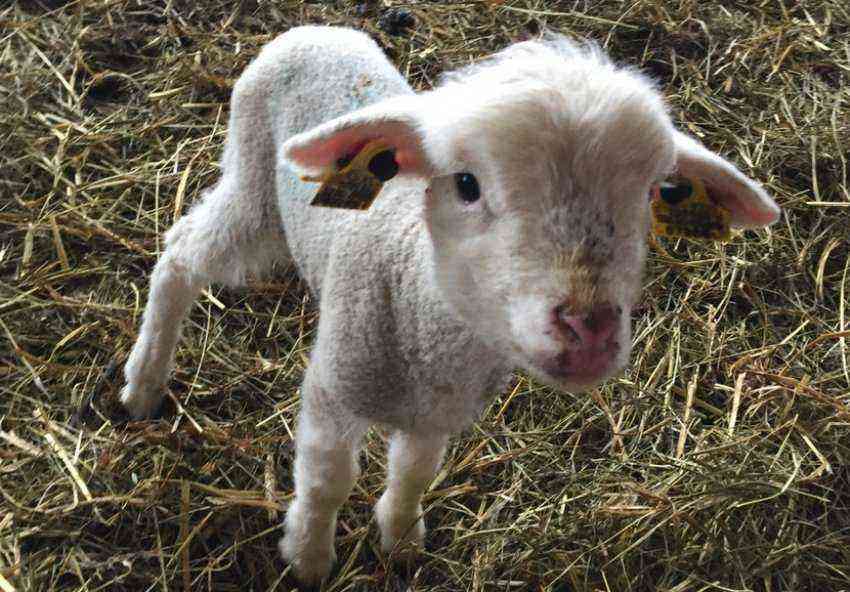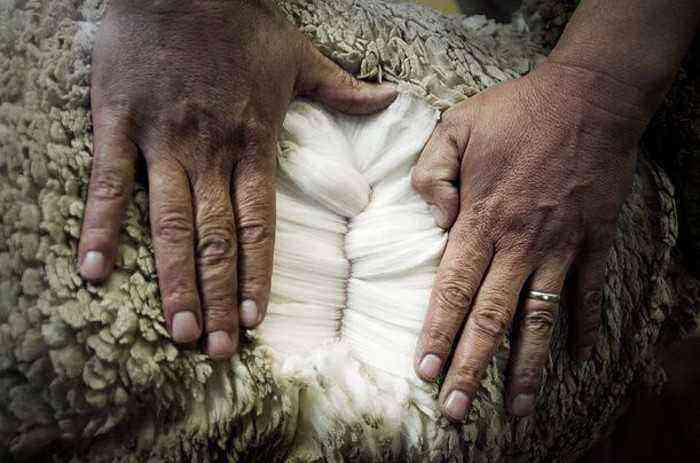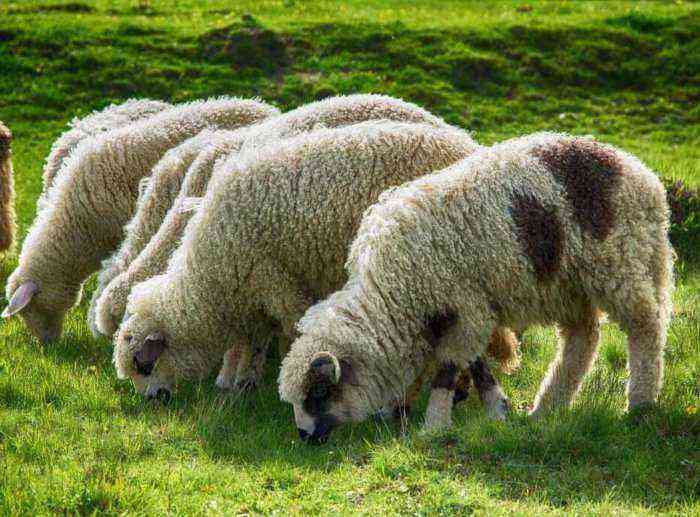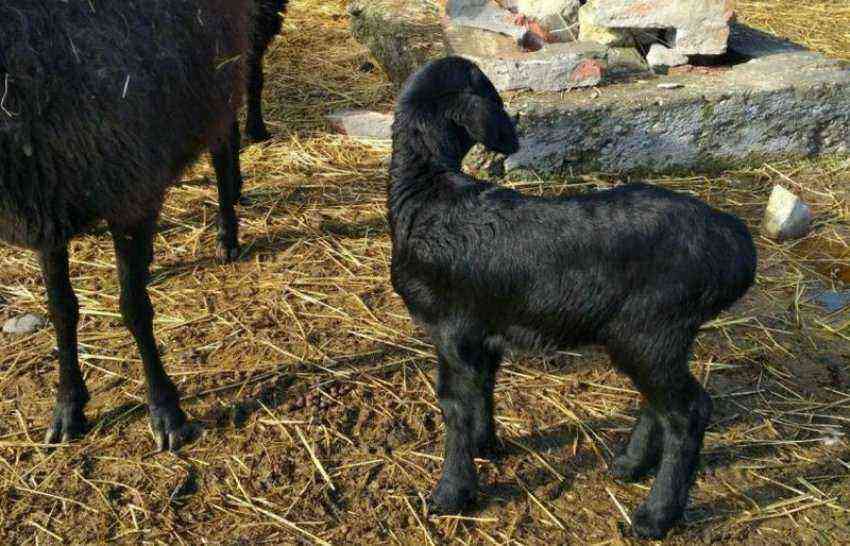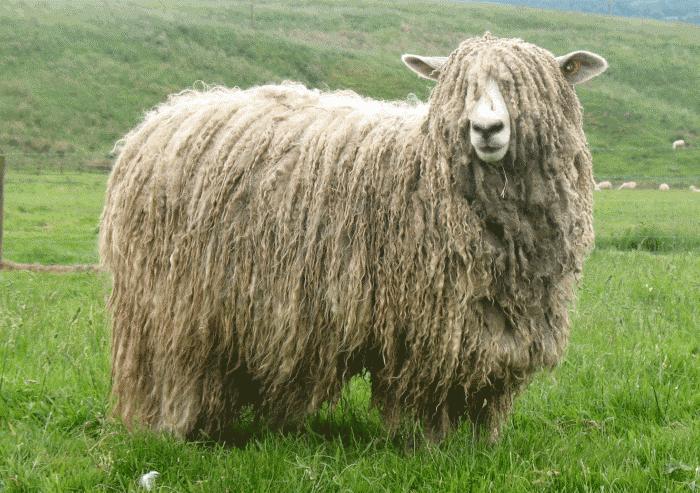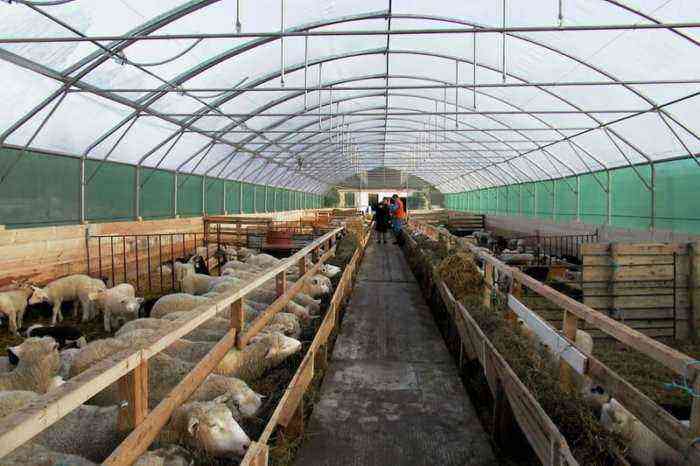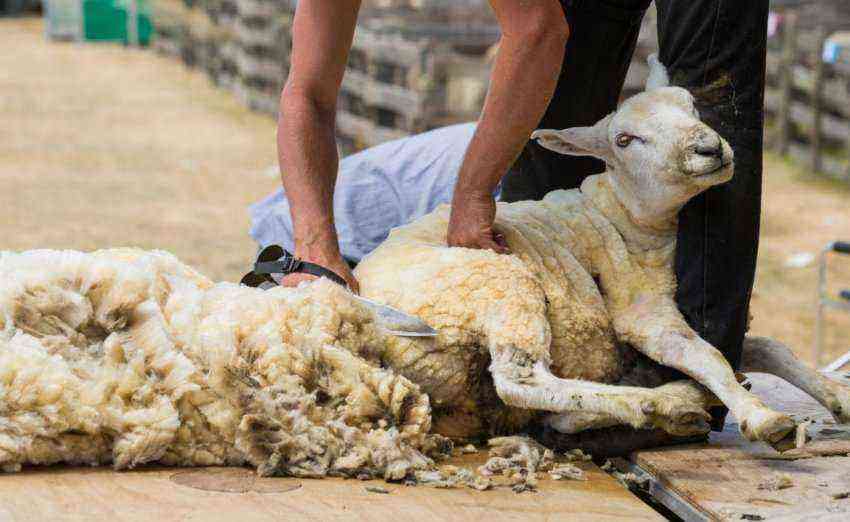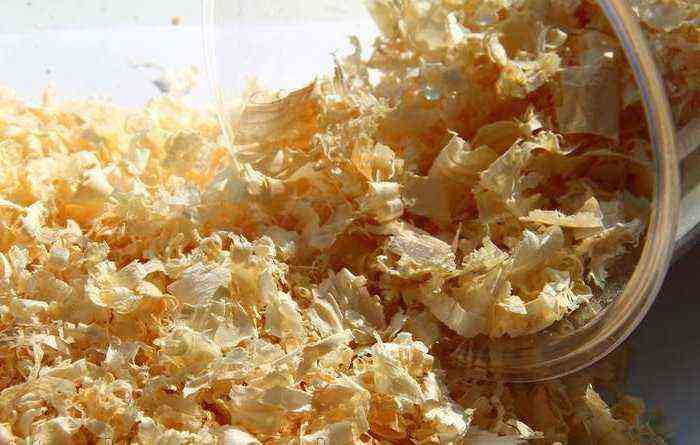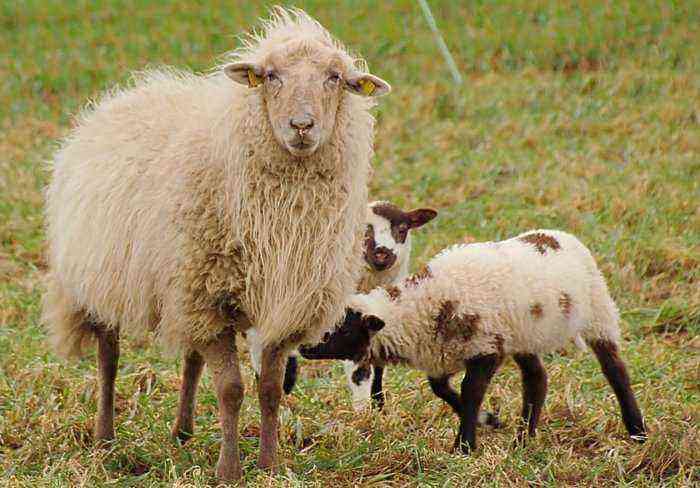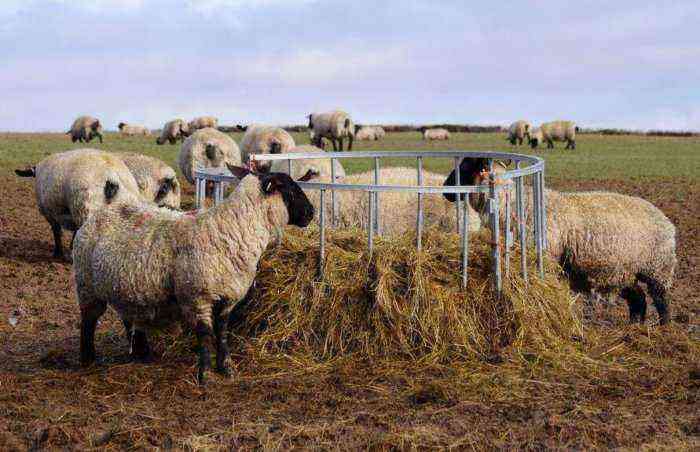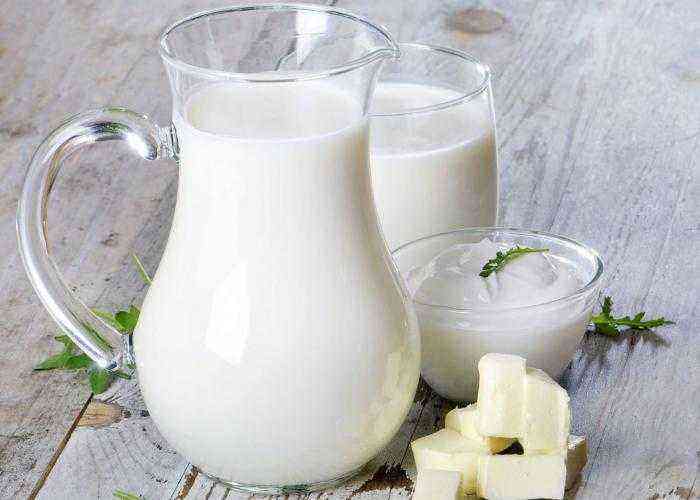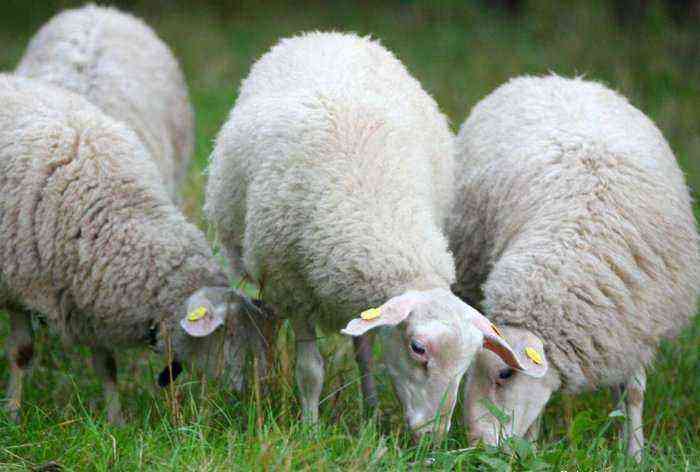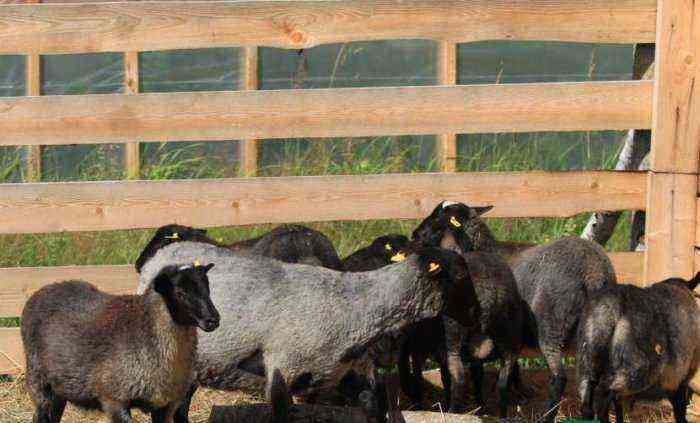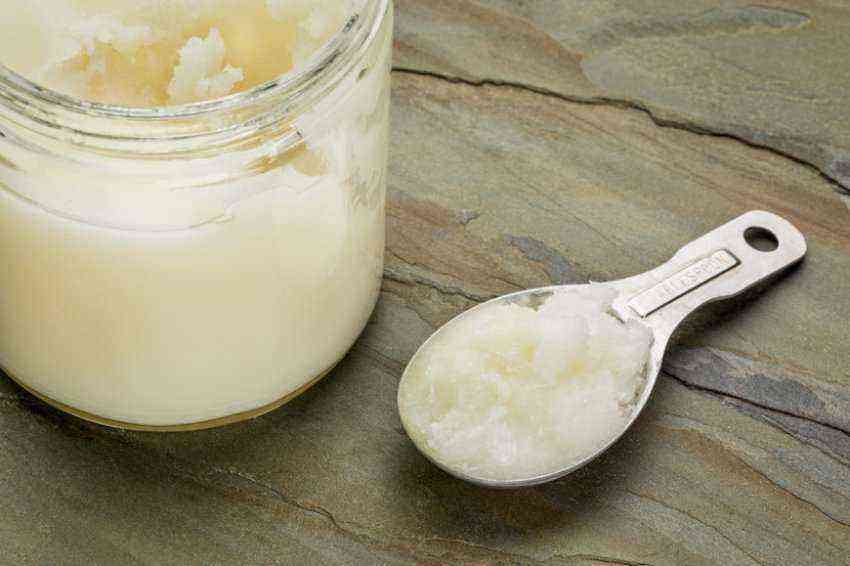Sheep were one of the first animals domesticated by mankind, and the products they brought took pride of place in the diet of adults and children. Sheep cheese is popular in many world cuisines. Features of the composition and production, a description of the best varieties, as well as the benefits and harms of the product for the human body are presented below.
What is sheep cheese
Being one of the oldest products, cheese is made from animal milk. The oldest dates for its manufacture are considered to be approximately 8000 BC. when man domesticated sheep and goats.
Sheep milk is superior to cow and goat milk in terms of protein and fat, and also contains more calcium. These characteristics make it one of the best ingredients for cheese production.
How cheese is made from sheep’s milk
Cheese is made with the addition of enzymes and lactic acid bacteria that curdle milk, or by melting dairy products with the addition of special salts.
The manufacturing technology of the product is common for all types of milk and depends on which variety is to be obtained.
The following cheeses are made from sheep’s milk:
- hard and soft, which are produced using rennet. They can be of varying degrees of maturity and fat content, while soft ones usually have a pronounced crust, sometimes with mold, and often high fat content (up to 60%);
- pickled cheese, unlike hard or soft, ripens and is stored in a special brine. Its fat content is usually 40-45%, there is no crust;
- whey, for which they take the whey remaining after the preparation of hard or soft cheeses.
The general production technology of the product consists of the following steps:
- Enzymes are added to the prepared milk and the cheese mass is collected.
- The mixture is filtered, then heated.
- Next, the ambassador is performed and the mass is sent for maturation. In some varieties, special bacteria or molds are added.
Did you know? Initially, rennet was isolated from the stomachs of calves. Since the 90s of the XX century, it has been replaced by genetically modified organisms, which stop their work immediately after fermentation and do not get into the product itself.
The main characteristics of sheep cheese
The exact nutritional values are highly dependent on the variety, as they have different percentages of fat.
On average, 100 g of sheep cheese is characterized by the following composition:
- 21,1 g protein;
- 18,8 g of fat;
- 0,3 g carbohydrates;
- 260 kcal.
It should be noted that the calorie content of hard and soft cheeses will be much higher, in the range of 300–500 kcal.
Types of sheep cheese
Many varieties of sheep’s cheese are registered with national institutions and have certificates of authenticity of origin. Such a document confirms the strict observance of the rules that guarantee the quality of a particular product.
hard cheeses
Sheep’s milk is often used to make classic hard cheeses. This product is especially popular in Italy and Spain.
Italian
Pecorino is one of the most famous types of Italian sheep cheese. The name of the product itself comes from the Italian name for sheep (pecora), and it has been known since the era of Ancient Rome.
Its characteristic features are a granular structure, which becomes more and more pronounced with an increase in the ripening period. Pecorino is produced in many regions of the country, so a regional designation is also added to the name.
Did you know? Pecorino was taken on campaigns by the legionnaires of Ancient Rome. Its history goes back about 2 thousand years, and the cooking technology can be found in the ancient Roman writer Pliny the Elder.
There are such main varieties:
- pecorino romano more often found abroad than in Italy, since it has been actively exported since the 8th century. Produced from the milk of sheep living in Sardinia, in the Tuscan province of Grosseto and in Lazio. It has a dense texture with small holes, the color is from white to straw, the taste is pungent, salty. Ripening period – 12-XNUMX months;
- cold pecorino also from Sardinia. It can be soft (matures 20-60 days) or mature (over 60 days). Compared to romano, the taste of sardo is deeper and brighter, but less salty and savory;
- pecorino tuscany – semi-hard or soft cheese from Umbria, Tuscany or Lazio. Fresh Toscano ripens for at least 20 days, and mature – 4-6 months. It can have a crust of different shades – from reddish to black. It has a mild taste with a pronounced aroma. Special varieties of Toscano are also produced, for example, with pieces of truffles;
- pecorino siciliano originally from Sicily and produced according to ancient technology in wicker baskets, due to which it has a characteristic wrinkled crust. It must ripen for at least 4 months, after which it acquires its fruity-spicy taste.
Other hard varieties are also produced in Italy:
- fiore sardo (Russian Flower of Sardinia), for which only freshly milked milk of a local breed of sheep is allowed, whose feed did not contain any additives. The cheese is kept in brine for several hours, then smoked for about 2 weeks and smeared with olive oil with the addition of salt and wine vinegar when ripe;
- медоро, which matures for 4 months and has a pronounced taste, slightly pinching the tongue.
Spanish
Due to the large number of mountainous regions in Spain, the production of sheep cheeses was actively developing.
The most famous of them were:
- manchego – they make breeds with the same name from milk in only 4 provinces of the Castile-La Mancha region. It can be fresh (3-4 months), with a delicate taste, or mature (up to 1 year), with a richer taste. It has a dense structure and a light yellowish tint;
- idiazabal – originally from the Basque Country and Navarre. It can be smoked, has a medium spicy or light taste;
- roncal – Produced in Navarre from December to July. After aging for at least 4 months, it has a dark brown crust and a medium piquant taste;
- samorano named respectively a province in Castile León. To achieve a special taste, it is sometimes dipped in olive oil. After at least 6 months of ripening, it has a creamy, sour-salty taste and a ribbed crust.
Soft cheeses
Soft sheep cheeses are also quite diverse.
In addition to the famous Roquefort, it is worth highlighting the following varieties:
- Serra da Estrela from Portugal, which is produced under very strict restrictions in several municipalities of the country. Ripens at least 1 month, gaining density and softness with age;
- Caciotta – Italian variety in the form of small heads. It has several varieties of maturity (from 5 days to 3 months), often produced with flavorings. Pulp without eyes, with a dense texture, taste from milky to spicy.
Roquefort
This famous variety belongs to the semi-soft type. French cheese with noble mold ripens only in the south of the province of Rouergue, in caves with limestone grottoes. According to EU rules, only Laconian sheep milk is suitable for it.
The features of the technology are:
- adding after removing the serum of spores of the fungus Penicillium roqueforti;
- ripening in a lime grotto on oak shelves with good ventilation.
Roquefort crust is slightly moist and shiny. The pulp is oily with blue mold. The taste is pronounced, with hints of hazelnut.
Pickled
Pickled varieties are popular in Eastern European and Mediterranean cuisines.
The most famous are the following types:
- feta A popular Greek cheese made from a mixture of sheep and goat milk. After cooking, it is cut into bars and stored in brine. It has a creamy texture, spicy salty taste;
- halumi registered in Cyprus, where it is made from a mixture of sheep and goat milk. It has a high melting point, so it is often fried. The taste is slightly salty, stored in brine, often with the addition of mint;
- motal – soft pickled wineskin-type cheese, which is produced in small quantities in the summer in Armenia and Azerbaijan. Mountain thyme is added to it. A characteristic feature is maturation in special skinskins;
- cheese distributed throughout Eastern Europe and differs from feta in a stronger sour-milk flavor and dense texture, as well as lower fat content. On the surface there may be traces of a grid that separated the brine.
Did you know? Most of the legends about the appearance of pickled cheeses tell about shepherds or merchants who carried milk in a wineskin on a hot day. At the end of the day, they found whey and curd inside.
Whey
After the preparation of the main product, whey contains albumin, due to which it becomes possible to prepare several more cheeses:
- ricotta made from the whey of various milks without the addition of salt. It has a grainy curd texture and high protein content;
- broccoli – the only French variety of this type, which has a national certificate. The Corsican product is made from whey with the addition of milk (no more than 25%). Ready to eat after 2 days, but can also ripen up to several months. It has a creamy texture, the taste is sweetish-sharp, with a strong milky smell;
- vurda distributed in the Carpathians and the Balkans. It is boiled from whey with the addition of fresh milk (up to 20%).
How to make sheep cheese at home
In addition to sheep’s milk, for the preparation of some types of cheese at home, it is necessary to have rennet (dry or liquid) or pepsin. They can be purchased at specialized stores and some pharmacies.
You will also need clean gauze or linen cloth through which you can squeeze the whey.
Important! All home cooking tools must be sterilized. The fabric should be boiled.
The nutritional value of the final product is approximate, as it is highly dependent on the amount of whey pressed and the fat content of the milk used.
A simple recipe
1 head2 30 hours minutes
pepsin0,2 g (or 2 times less rennet powder)
Nutritional information on 100 g:
Caloric value
110 kcal
- Mix pepsin and salt in a glass bowl. Pour lukewarm water (up to +35°C) and stir.
- Heat the milk to +30…+32°C and pour the pepsi mixture into it. Mix.
- Cover the milk mixture with a lid and hold until the clot becomes dense.
- Line a colander with a cloth and place on a pan of a suitable diameter. Put a clot in a colander, breaking it into pieces about 3 cm.
- Tie the ends of the fabric and leave for 10 minutes.
- Untie the fabric and put a load on the mass, leave for 15 minutes.
- Cut the cheese into smaller pieces and put it under the load again, which should be 2 times heavier than the first.
- After 20 min. remove the load, tie the cheese again and put an even larger load.
- After 20 min. pour cold water over the product to cool it down sharply.
- If the cheese is to be stored, it should be placed in a 20% salt solution and placed in the refrigerator.
With herbs
400 g1 20 hours minutes
Steps
6 ingredients
- whole milk
3 l
dill20 g
provencal or other herbsto taste
walnuts25 g
Nutritional information on 100 g:
Caloric value
114,5 kcal
- Pour milk into a saucepan and bring to a boil, stirring.
- Squeeze out the lemon juice and add to the boiling milk. Mix for about 5 min. until complete collapse.
- Cover a colander or a special form with holes with gauze and transfer the curdled mass there.
- Deliver the load for 30 min.
- Turn the clot over and load for another 30 minutes.
- Finely chop the nuts and chop the dill. Add herbs and salt to taste.
- Remove the cheese from cheesecloth, roll in the nut-spicy mixture.
The benefits and harms of sheep cheese for humans, contraindications and possible negative consequences
Like other dairy products, cheese is valuable for the human body for the content of animal proteins, vitamins and minerals. Surpassing cow’s and goat’s milk in this indicator, sheep’s milk also allows you to get more healthy cheese.
In addition, cheese proteins are better absorbed, and calcium and phosphorus are contained in it in optimal proportions, which makes cheese useful for children and pregnant women.
The product contains valuable amino acids that contribute to the prevention of atherosclerosis and malignant neoplasms. Linoleic acid will improve the flow of metabolic processes in the body.
Sheep milk cheese is filled with useful vitamins (PP, D, groups B, A, etc.), and also contains zinc, potassium, sodium and magnesium.
However, even the most useful product should not be abused. Some varieties have a fairly high calorie content, and their use in the diet should be limited.
- The following diseases are also contraindications:
- stomach ulcer and exacerbation of gastritis or colitis;
- hypertension and heart disease;
- problems in the functioning of the kidneys;
- swelling due to problems with the heart or kidneys.
Important! After opening the package, it is best to store the product in parchment, which will maintain the natural air balance.
Sheep cheese in the children’s diet
Most pediatricians recommend introducing cheese into the diet of children from 1 year old. This is caused by the high percentage of protein and minerals in the product, which put too much strain on the kidneys of a young child.
Do not give children varieties with the addition of mold (up to 7 years), smoking and spicy additives. It is desirable to limit the fat content of the product, as well as the amount of salt. The best varieties for children are whey, such as ricotta.
The daily portion at the age of 1–1,5 years should not exceed 5 g, by 2 years it is increased to 10–15 g.
Sheep cheese is represented by a wide variety of varieties, among which everyone can choose a product to their liking. Its moderate use will benefit both adults and children.
